Grey Shades
Every grey horse will go through a variety of striking stages during the greying out process, which also varies by horse, breed, base color and local conditions. Not all animals will show dappling, technically called progressive depigmentation, but it certainly makes for flashy seasonal changes. The different stages of an aging grey animal are loosely categorized below for visual reference.
Rare Grey Markings
There are a couple of rare markings that are specific to grey animals, how they are associated genetically is unclear.
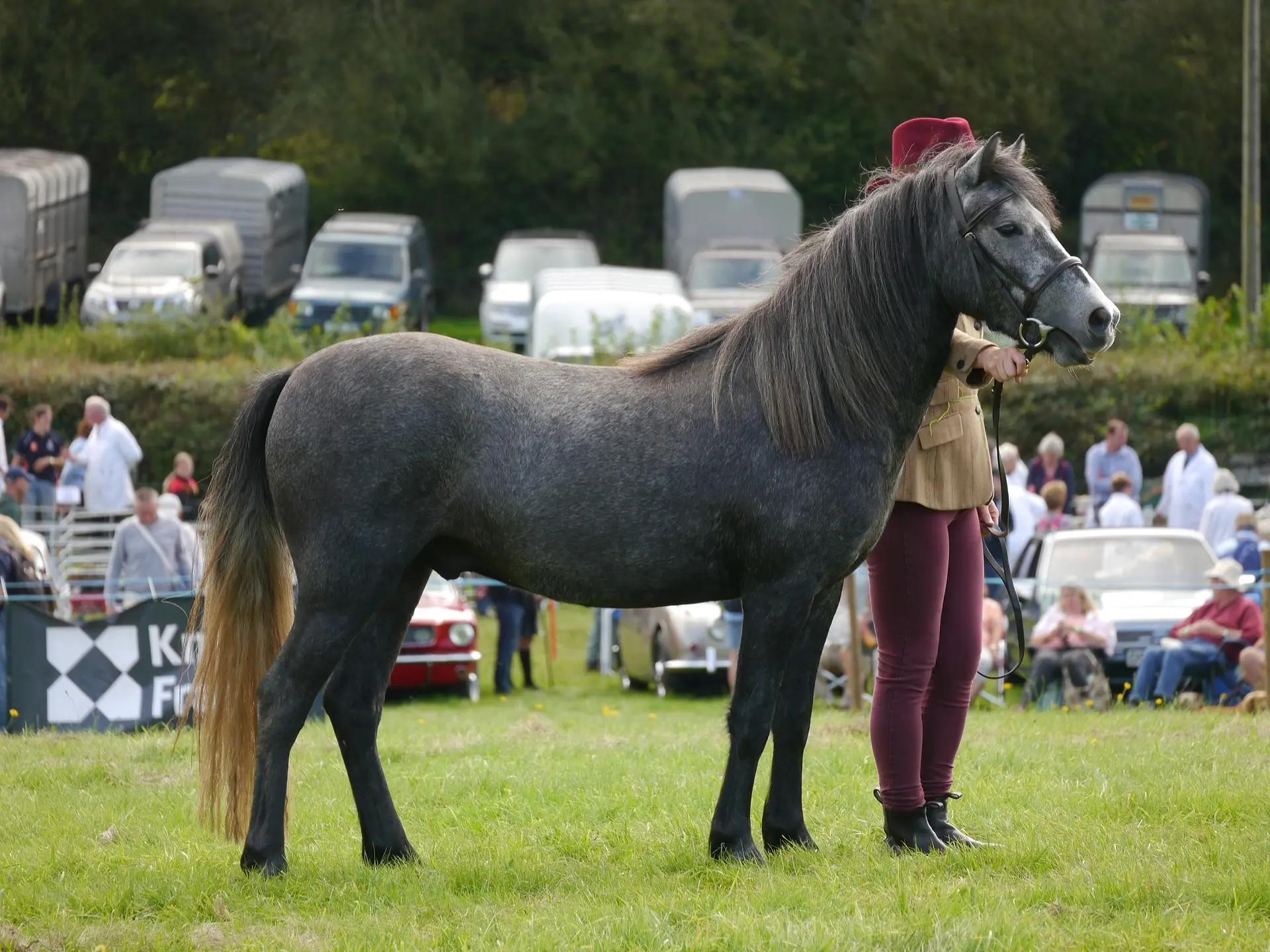 Steel grey
Steel grey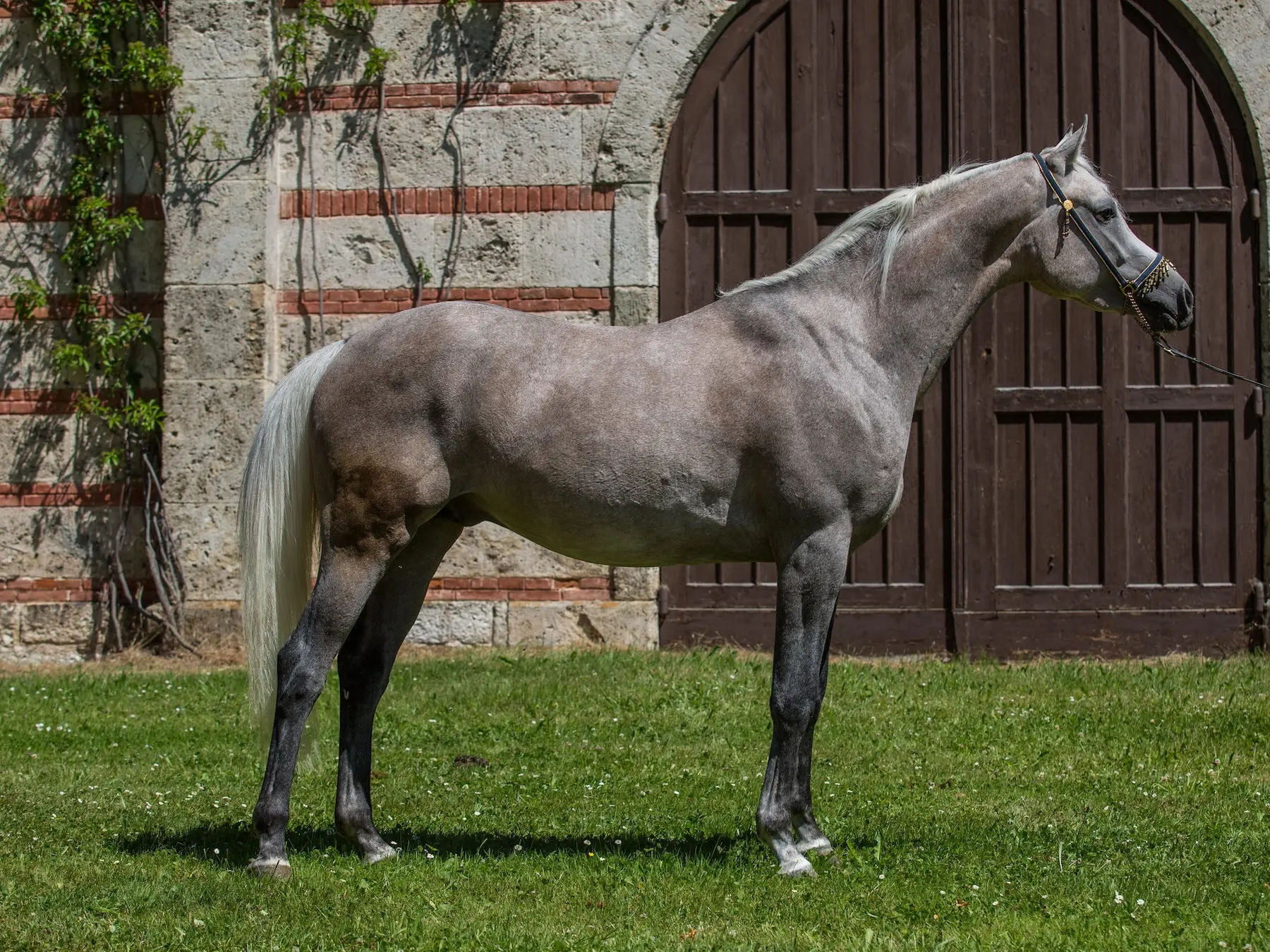 Rose grey
Rose grey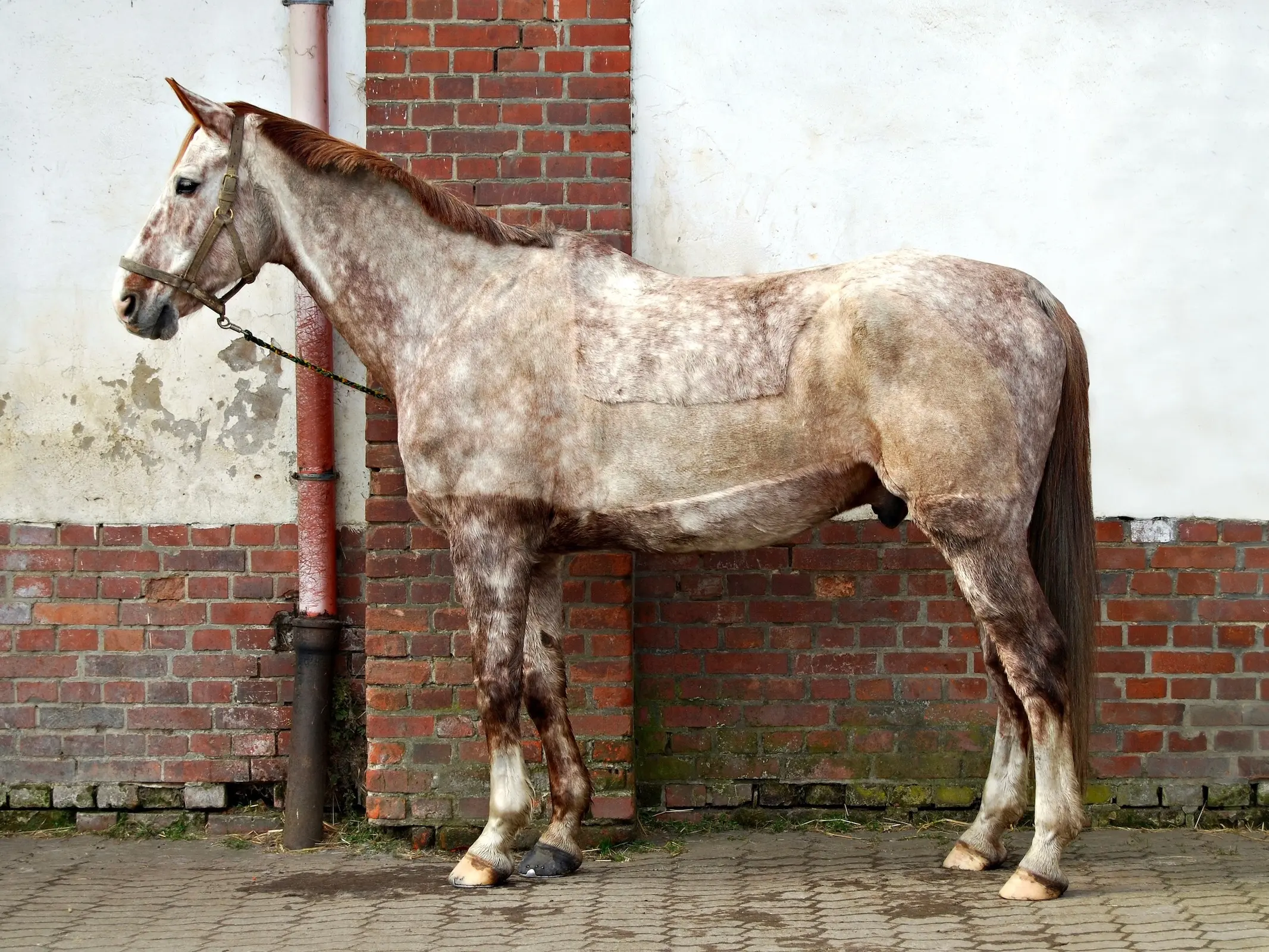 Dapple grey
Dapple grey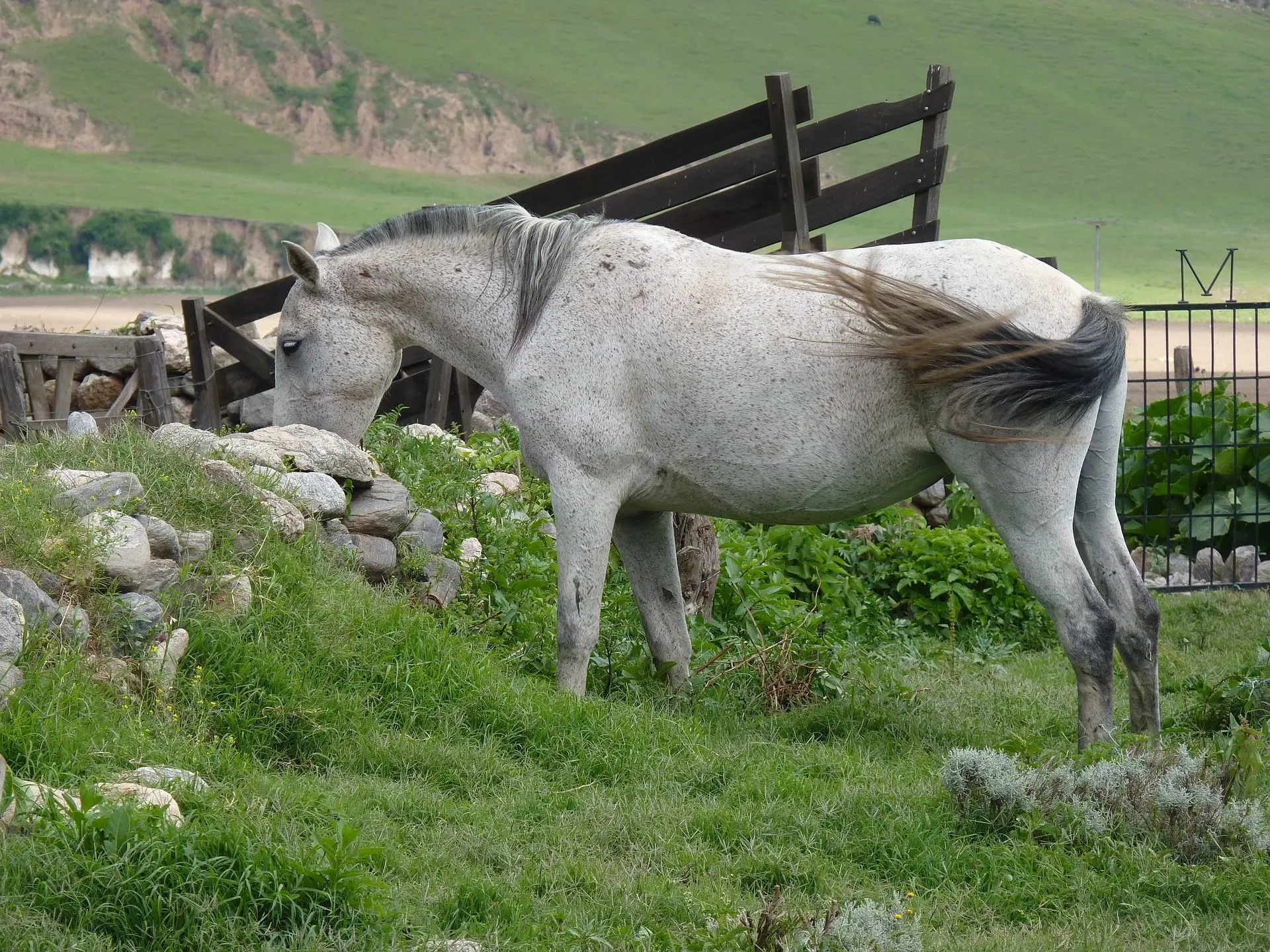 Fleabitten grey
Fleabitten grey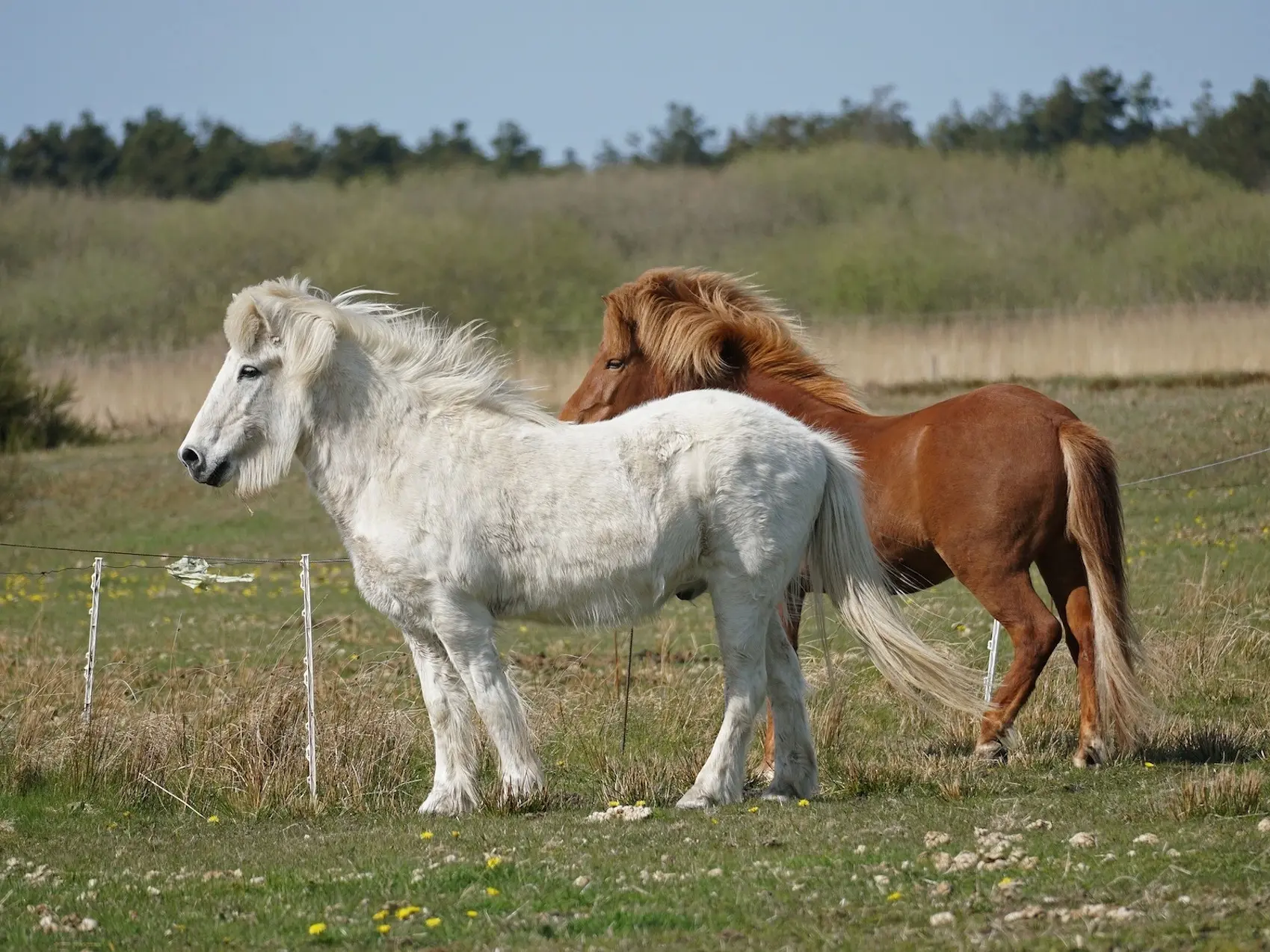 White grey
White grey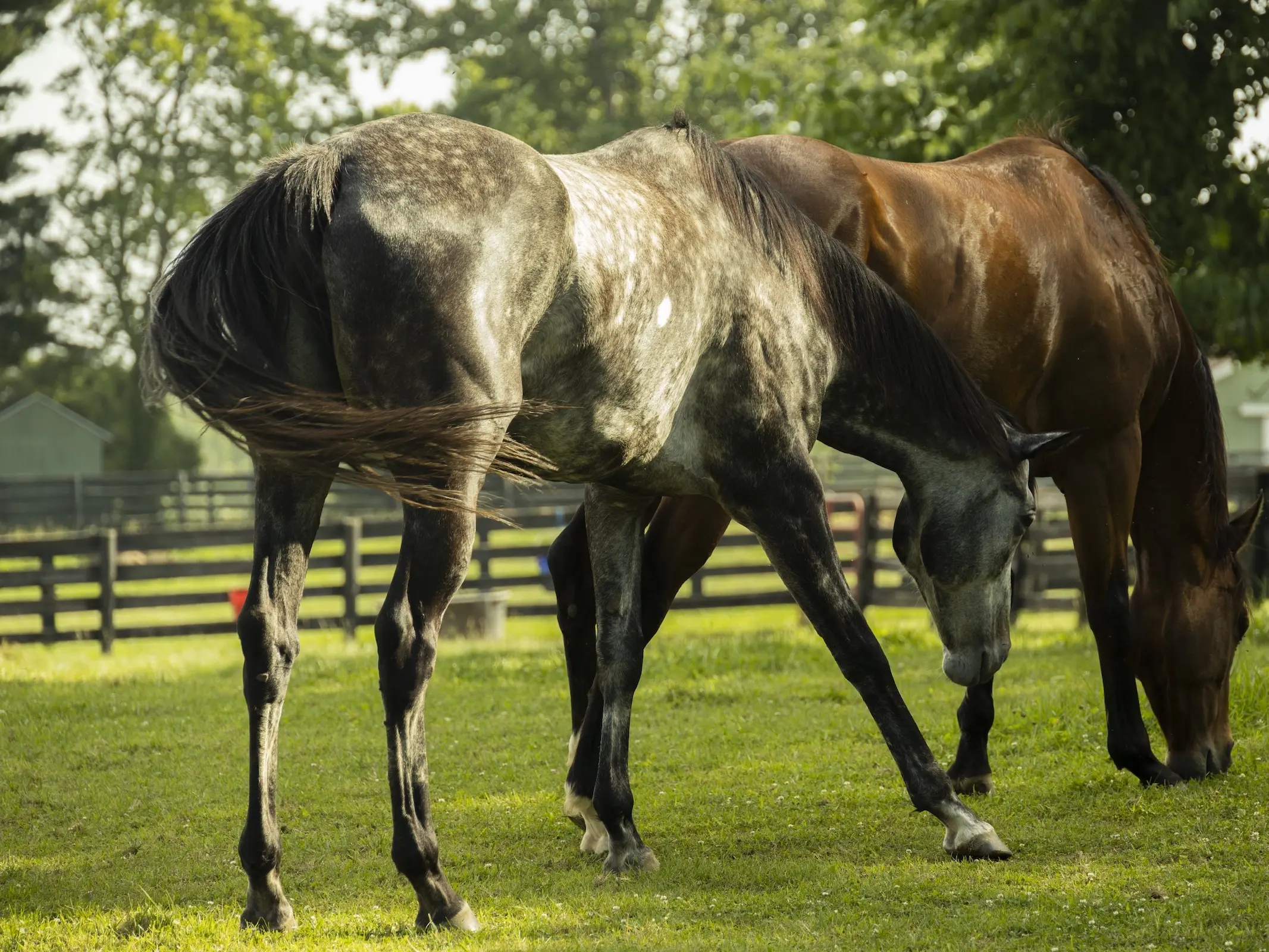 Chubari Marks
Chubari Marks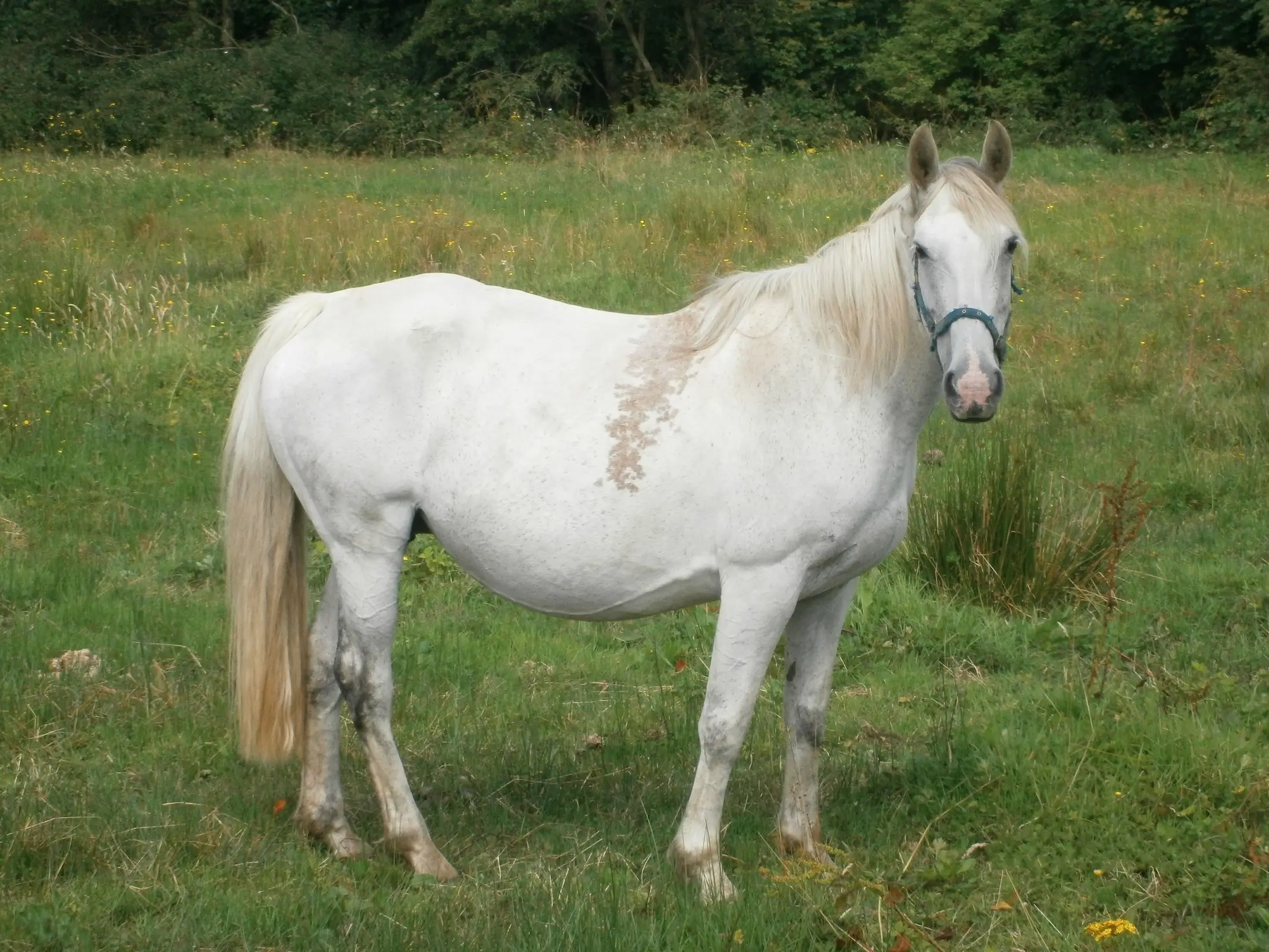 Blood Marks
Blood Marks
Wow. These are some amazing horses. (: I never knew they could be so-o pretty.
Hi, I was just looking for a ‘stages of graying’ reference to show someone and this cropped up in my google search. Your last 2 horses could be switched. Many horses actually get darker fleabites as they age. In other words, they start with a few but get more and more as they get older (until they look like that nursing mare or even darker as they’re older). It’s really variable, hence my search. It also varies with the time of year; winter/summer coats (summer being darker fleabites and winter being whiter looking). Hope that helps!
Hi again! 🙂 I just wanted to add that it’s incredibly variable, those fleabites. I made it sound as if *all* get *more* as they get older… but that’s not entirely true, some get less or they get smaller. I’ve never heard of one going totally white however like you have shown but that doesn’t mean anything (I wouldn’t be surprised if it is more common for some breeds, such as spanish ones). It’s only that “fleabitten” is currently considered the “end stage” point of graying from what I can gather off of genetic sites (like UC Davis). I guess what is known is that heterozygous greys (Gg) will typically go fleabitten… I’m not even sure of that. I’m trying to find out more myself here. 😉
Hi Morgen,
Thanks for your information. I count on my readers to help me with the facts – any links you could provide to good information are always welcome.
Well this is a great page for pics describing what you are talking about.. http://www.mustangs4us.com/Horse%20Colors/grey.htm
It doesn’t go into how some horses darken in the fleabitten stage and never turn white though.
Sponenberg is considered one of the best authorities on coat color and he talks a bit about it here;
http://books.google.com/books?id=ihTMGxdBXb8C&pg=PA63&lpg=PA63&dq=fleabitten+grey+color&source=bl&ots=p9-D1cTo4I&sig=zFKfUhq0Lh-IkfeGcLbXDGlEhWA&hl=en&ei=Uc86SqaDLo20NPjtoa4F&sa=X&oi=book_result&ct=result&resnum=2
Again just saying that “most” lighten to fully white. But it’s those that don’t that interest me (I’ve seen some very old horses, late 30’s that still have plenty of ‘bites’.. they’re just more scattered. Almost as if the horse’s “gray hairs” (the kind you see on any old old horse with a solid coat) overtook most of the bites and made them fainter.
And I know Lesli has has discussions with Sponenberg about coat color genetics too and I keep some of her references handy also when doing horse art. She says; ”
“Another variation of grey is the fleabitten grey. Some greys will develop small flecks of dark color – usually deep red – throughout their coat. Most horses that develop fleabiting do so after they have turned white, or nearly so, but it is possible for a horse to begin getting fleabites before they have finished dappling. The size and density of the fleabites varies with each individual. Fleabites do tend to increase as the horse ages, with the pattern stabilizing at some point. In some rare cases, horses have fleabitten so completely that they appear to have reverted to their original color”
from
http://74.125.47.132/search?q=cache:ZVRnvint0SMJ:www.horsecolor.info/THHNGrey.pdf+fleabitten+grey+color+end+stage&cd=3&hl=en&ct=clnk&gl=us&client=firefox-a
And that’s what I’ve seen too.. The reason I’d been looking so hard is because I know of some quite old horses (30s) with tons of fleabites (very pronounced ones).
Anyhow, glad you took it all in stride. I stumbled across your page here when I was googling around trying to find images of certain stages. Hope that helps. If anyone stumbles across a page documenting one (or even better several!) horses’ graying out into fleabites in photos, I’d really appreciate a link myself! 🙂
Hi Morgen,
Thanks for all of this information, fantastic. I switched the fleabitten and white stages because from what I can tell you are absolutely correct.
It appears that the only thing you can count on with a grey horse is their coat changing throughout their life. 🙂
This was a really helpful article on the greying of horses.
I actually have three grey miniature horses, one our stallion, name Buddy, who was a chestnut or bay at birth, second one, named Suzie, is my eleven year old mare who was black at birth. The mare is actually in the dapple grey stage and she looks beautiful. Most of the color in her fur is gone from her body except from her legs.
My third horse is actually my colt, named Tremor, who is the offspring of my grey stallion and mare. At his birth he was a dark grey and in less than a month his coat turned from grey to a dark chocolate. In July my mom and I were hoping that he wouldn’t shed his baby fur until AFTER the county fair was over, because I was going to show him in the halter class. I thank God that he didn’t start to shed out until August.
During August my colt began to molt! His whole body transformed, and now in January his fur is, what I think, in the beginning of the dapple stage. His fur is a mixture of white, light grey, dark grey, and black. His mane though hasn’t yet lost its brown color. I can see the white dots underneath all of the grey and black, and boy does that make me excited for spring!
I cannot wait until I can take my handy dandy groomer’s block and curry comb to his fur to see what he looks like!The only thing that I know, is how surprised everybody in the horse barn at the county fair will be when I bring him back this year, and the years after that! And in the years to come, I am sad to say this, but I am excited to see his beautiful blaze and socks disapear from his body.
Thank you for posting this!
-Julia, Tremor, Suzie, and Buddy!
Hi Julia,
Thanks for your comment. Glad you found the article helpful & I’d love to see pics of Tremor, sounds like such interesting colors! I always thought having a grey was like getting a new horse with every shedding. 😉
Your welcome! Maybe I’ll send some pictures in the spring and summer once he sheds out. Is there some way that I can contact you then?
Look at the pretty patterns and his coat!
I do think this is a real good blog article.A lot of thanks again. Awesome.